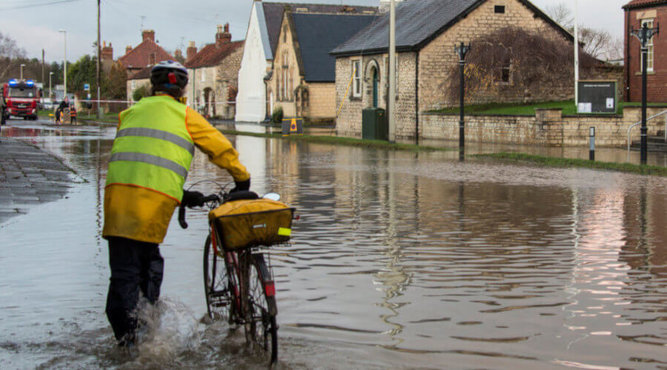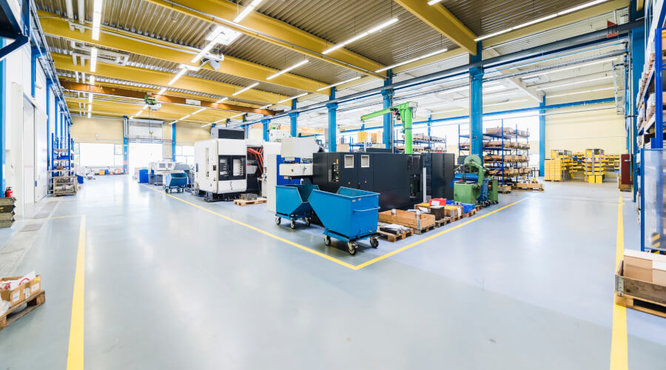A standard piece of equipment in the construction industry, acrow props are support systems that have ensured safety on-sites for decades. They are versatile, durable, easy to integrate, and incredibly economical for companies and contractors, as you can reuse them again and again. Read our blog to find out a little more about what acrow props are and how you use them correctly.
What Are Acrow Props?
Acrow props are jack posts that you use for temporary horizontal and vertical support for load-bearing ceilings, walls, and trenches. They ensure that ceilings, walls, and structures don’t collapse while people carry out work in the area.
Props are made from strong, galvanised tubular steel so that they can withstand a great deal of weight and weathering. They come in a range of sizes ranked 0 to 4, and they are telescopic. They are generally capable of extending to roughly twice their shortest length. Props offer excellent versatility as they can span a variety of heights and widths.
Acrow props are made up of a threaded inner tube with a welded top plate, a threaded outer tube with a welded base plate, collar, handle, and a pin. The thread allows you to adjust the length quickly and easily, and the pin prevents the inner tube from collapsing down inside the outer tube when supporting a load.
How To Use Acrow Props
If you’re making or altering an opening -
- Measure and clearly mark the exact area that you’ll remove. If you are working on a brick wall, mark the mortar line two courses of bricks up from the outline of your new opening. This marking is where you will insert your strongboy brackets.
- Find the mortar line you marked earlier, measure and mark the exact points where you’re going to install your strongboys. An engineer or architect can instruct you on the spacing. Measure the half-width of the strongboy blade, and using that measurement, make new markings on either side of your existing markings. This should give you the full blade width, with a central propping point.
- Use a drill to remove all the mortar from the joint, using your markings as a guide. Don’t leave any mortar in the area, as it can affect the props ability to hold the weight securely. Ensure the depth of the mortar line is enough for a blade - this is usually the case. If the depth is too narrow, you will have to remove some additional material or the bricks below.
- Fix your strongboys to the top of your props. Check they are attached correctly by pulling down on the front of the blade, making sure there is no movement.
- Move your prop in front of where you’re going to install it and adjust the height, placing the pin straight through the holes on either side of the inner tube.
- Move your props into place, pushing the strongboy blades into the gaps in the mortar you created earlier. Make sure you insert the blades until the handle body is touching the wall surface and that the top of the blade is fully engaged with the underside of the brickwork for the best support. Use a spirit level to check that your props are fully vertical.
- Screw the collars closed until they are closed tightly. If you are using a series of props, you can brace them together for additional support.
- If you need to support formwork, lintels, beams, etc., mark the positions where you need to install some props to distribute the weight evenly. Adjust their heights of that they are fully engaged with the materials and ensure that each proper is fully vertical.
Applications
You can use acrow props for direct support during building, repair, renovation, or alteration work. They are suitable for -
- Replacing an opening, such as a doorway, window, or archway.
- Creating a new entrance, window, or archway in an existing wall.
- Bracing framework for walls, stairs, and columns.
- Supporting lintels, beams, canopies, and concrete.
- Supporting trench walls during groundwork excavations.
Safety
Acrow props have an excellent health and safety history. They are made compliant with BS4074 safety standards, but proper use and installation are always required. To ensure safety on-site, you must -
- Make sure the supported weight falls within the used prop’s safe working load.
- Use the correct length of prop for the job.
- Ensure the props are in good condition and are stable.
- Position the props carefully.
- Ensure the props are fully level.
- Use sole boards under the base plate if needed.
- Check the supports regularly throughout the project.






